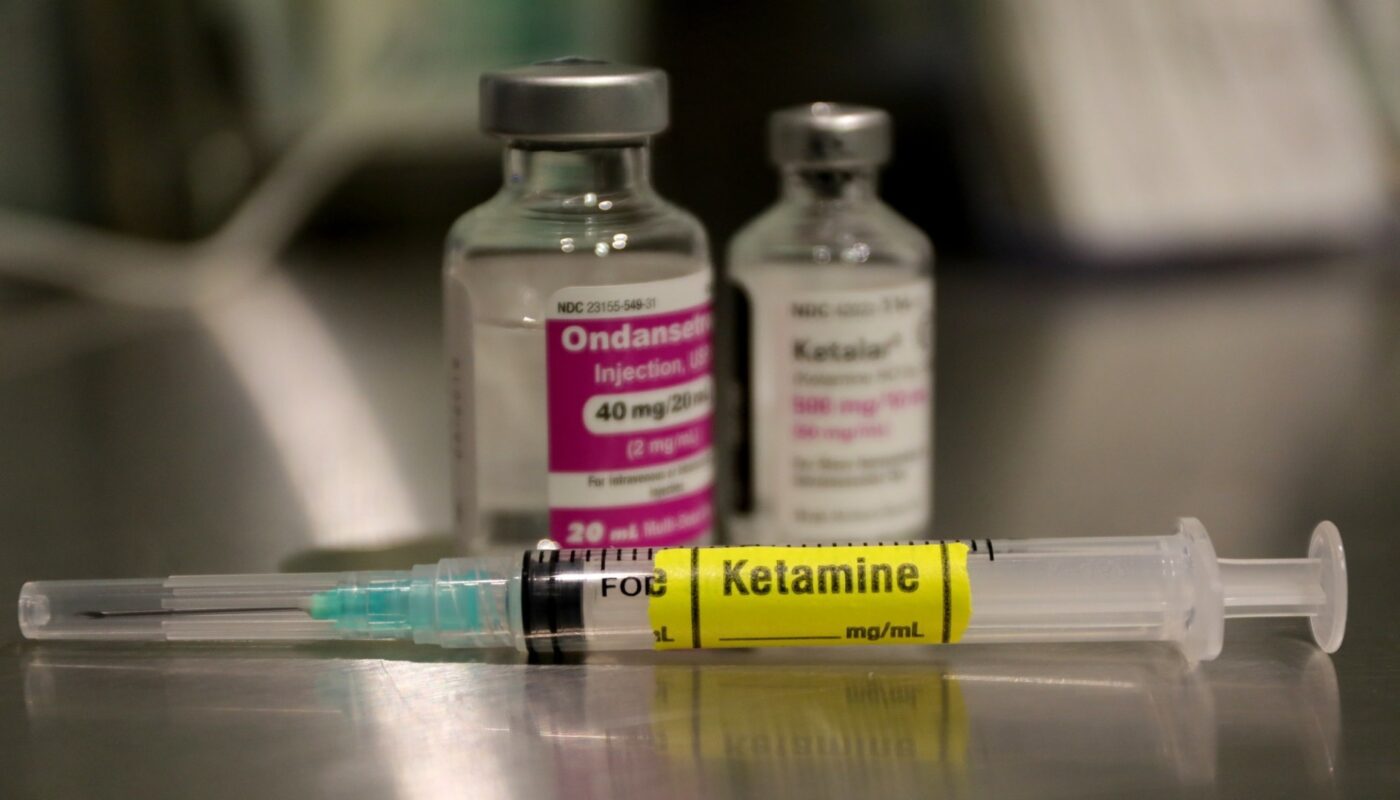In a groundbreaking study recently published in the journal Nature, researchers explored the mechanisms behind the long-lasting antidepressant effects of ketamine. Ketamine has gained attention in the medical community for its rapid and powerful antidepressant effects, which can persist for at least 24 hours despite having a short half-life of 13 minutes in mice.
The study focused on the role of the N-methyl-D-aspartate receptor (NMDAR) and burst-type firing by lateral habenula (LHb) neurons in the sustained antidepressant effects of ketamine. The LHb is involved in neuronal activity in animal models of depression, and ketamine has been shown to inhibit NMDAR-dependent bursting activity in this region.
The researchers conducted experiments using mice models of depression induced by chronic restraint stress (CRS). The mice were subjected to two weeks of restraint stress followed by intraperitoneal administration of ketamine. The researchers measured the levels of ketamine in the brain and plasma using liquid chromatography-tandem mass spectrometry (LC-MS/MS) analysis and assessed depressive-like behaviors.
The study found that a single systemic injection of ketamine suppressed burst-type firing in the lateral habenula and blocked NMDAR receptors for approximately 24 hours. This long-lasting NMDAR inhibition was attributed to the trapping of NMDA receptors by ketamine, which was influenced by neural activity. They observed that stimulating the LHb and opening local-level NMDA receptors at different ketamine concentrations in the plasma modulated the dynamic interaction between ketamine and NMDA receptors.
Furthermore, the researchers discovered that the antidepressant effects of ketamine were still present three days after administration, as evidenced by the Forced Swim Test (FST). However, these effects diminished after seven days. The study also found that the burst-type firing activity in the LHb decreased significantly after ketamine administration, indicating the suppression of neuronal activity associated with depression.
Both in vitro and in vivo recordings confirmed that a single systemic dose of ketamine in depressive-like animals resulted in sustained suppression of burst firing in the LHb, which corresponded to the observed behavioral effects. The study also revealed that the binding of ketamine to NMDARs was influenced by the surrounding drug concentrations. Higher ambient ketamine levels prolonged the effects on suppressing LHb NMDARs, leading to reduced depression-like behaviors.
Overall, this study sheds light on the underlying mechanisms of ketamine’s long-lasting antidepressant effects. By inhibiting burst firing in the LHb and blocking NMDAR receptors, ketamine may contribute to neural plasticity and other secondary processes that alleviate depression. This research provides valuable insights for the development of more effective antidepressant treatments in the future.
*Note:
1. Source: Coherent Market Insights, Public sources, Desk research
2. We have leveraged AI tools to mine information and compile it




